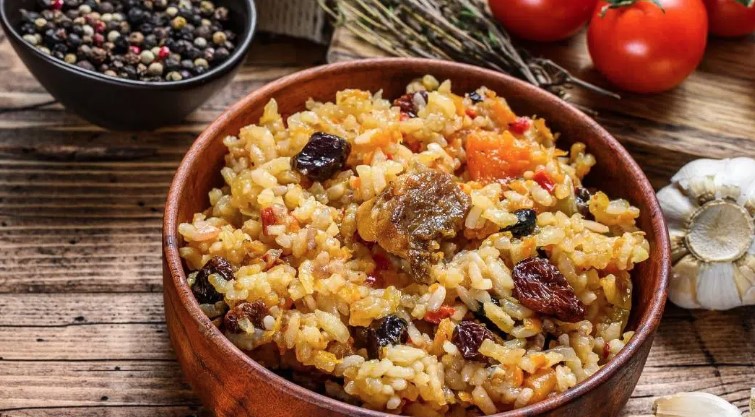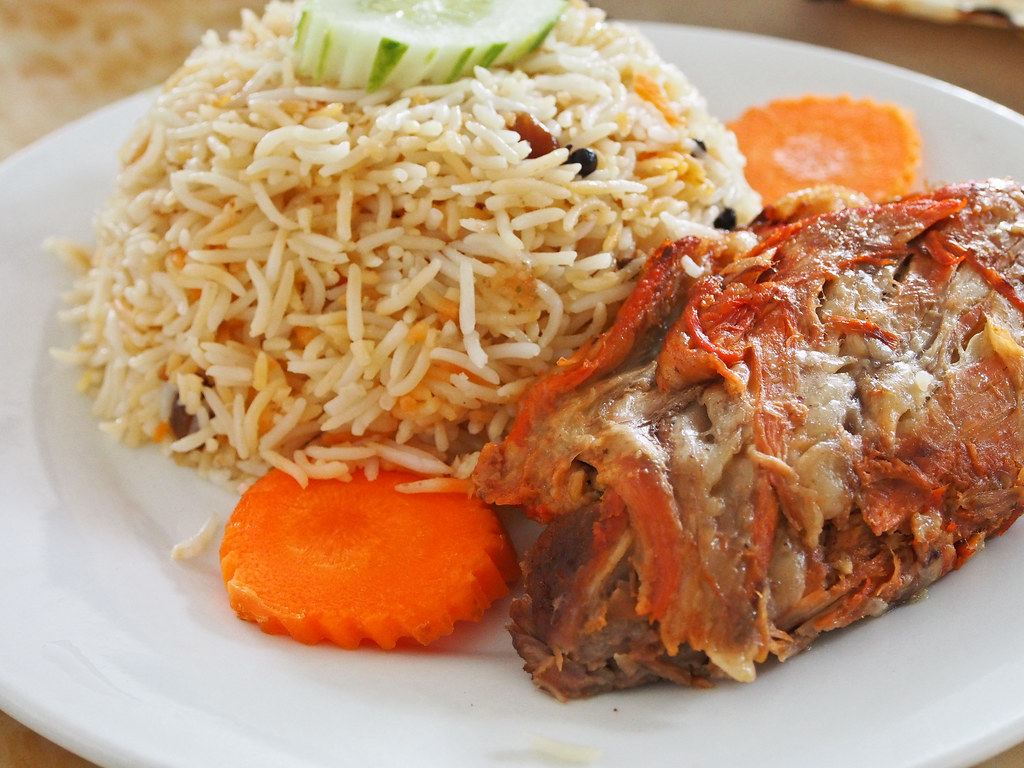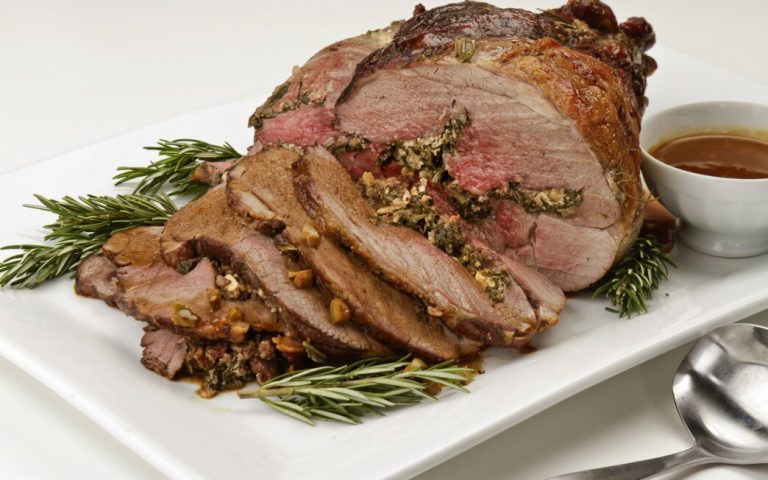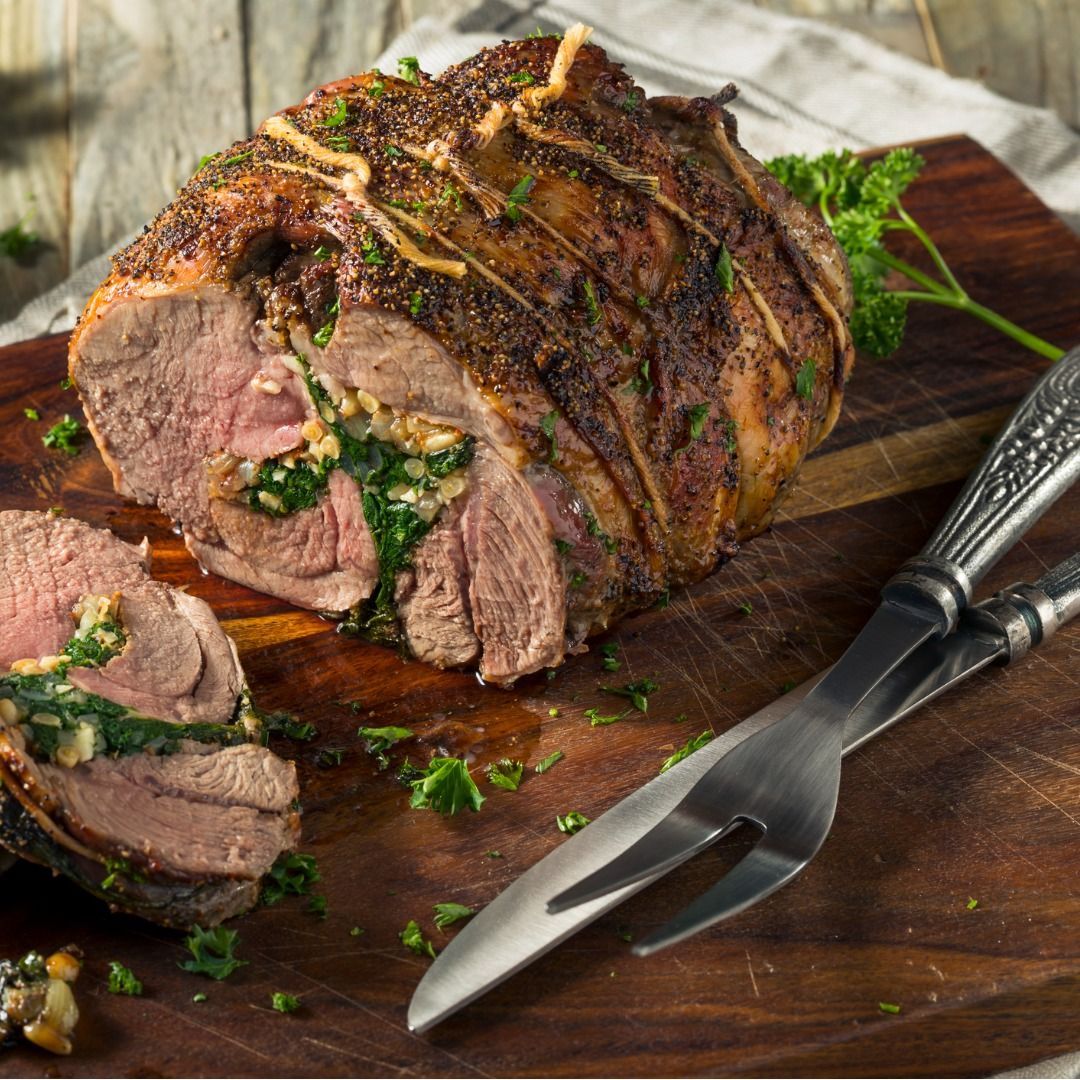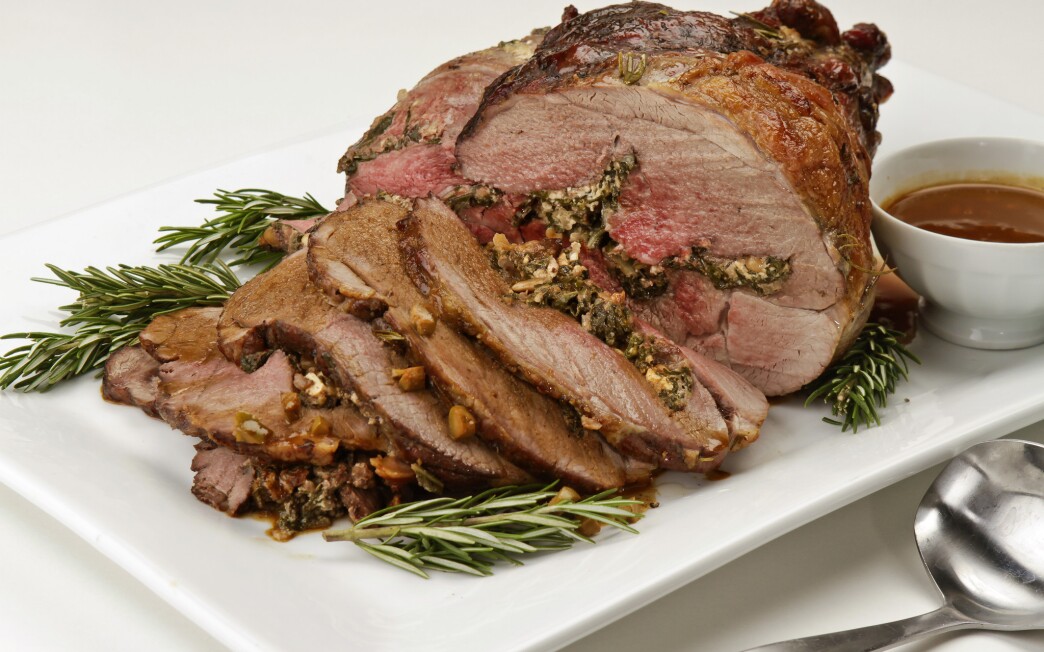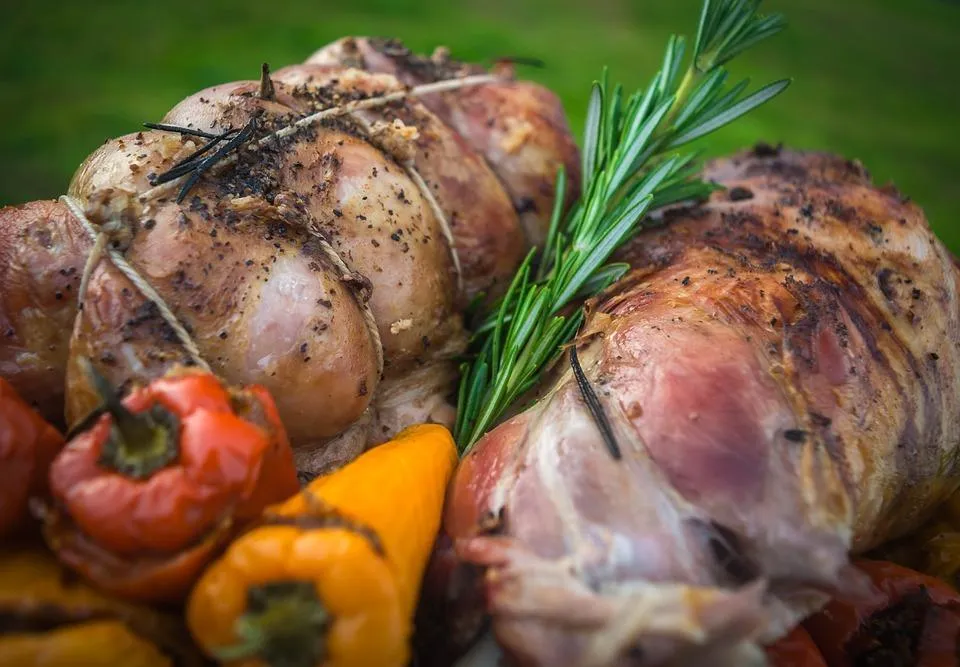Introduction: Exploring the Lamb-based Cuisine of Turkmenistan
Turkmen cuisine is characterized by its rich flavors and unique cooking techniques. One of the most prominent ingredients used in Turkmen cuisine is lamb. Lamb has played a vital role in the history, culture, and cuisine of Turkmenistan for centuries. It is considered as the staple meat and is served in various forms, such as roasted, grilled, boiled, or stewed. The unique cooking styles of lamb in Turkmen cuisine have made it an inherent part of the country’s culinary heritage.
The Historical Roots of Lamb in Turkmen Cuisine
The use of lamb in Turkmen cuisine can be traced back to the nomadic lifestyle of Turkmenistan’s ancestors. The ancient Turkmens were primarily nomads who relied on their herds of sheep, goats, and camels for food and other necessities. The nomads used to migrate with their herds, and they had to cook their meat in a way that it could be preserved for a longer time. Thus, the traditional lamb recipes of Turkmenistan were developed with the intention of preserving meat, such as Plov, Mastava, Shurpa, and Chorba.
A Peek into the Different Lamb Recipes in Turkmen Cuisine
Turkmenistan is known for its diverse and flavorful lamb-based dishes. Plov is one of the most famous dishes, which is made with lamb, rice, and vegetables. Mastava is a traditional soup that includes lamb, rice, carrots, and onions. Shurpa is a hearty stew made with lamb, potatoes, carrots, onions, and other vegetables. Chorba is another popular soup made with lamb, chickpeas, and tomatoes. All these dishes are made with the traditional Turkmen spices and herbs, making them unique and flavorful.
Significance of Lamb in Turkmen Culture and Festivities
Lamb holds great significance in Turkmen culture and festivities. It is always present in the traditional celebrations and events, such as weddings, birthdays, and religious holidays. The preparation and serving of lamb are considered as a sign of hospitality and respect towards guests. During the religious holiday of Eid al-Adha, the sacrificial lamb is shared with friends, family, and the poor as a way of giving thanks to Allah.
Why Lamb is Essential to the Turkmen Economy
Lamb and sheep farming are an essential part of the Turkmen economy. The country has vast expanses of natural pastures, making it an ideal place for sheep farming. The export of lamb and sheep products has been a significant contributor to the country’s economy. Besides, the traditional way of preparing and cooking lamb has become a source of income for many families who sell their homemade dishes in the markets.
Conclusion: The Enduring Legacy of Lamb in Turkmen Cuisine
Lamb has been a vital ingredient in Turkmen cuisine for centuries. Its historical roots, cultural significance, and economic importance have made it an essential part of Turkmenistan’s culinary heritage. The unique cooking styles and recipes of lamb have created a distinct identity for Turkmen cuisine, making it stand out in the culinary world. The enduring legacy of lamb in Turkmen cuisine ensures that it will continue to be an integral part of the country’s culinary traditions.

